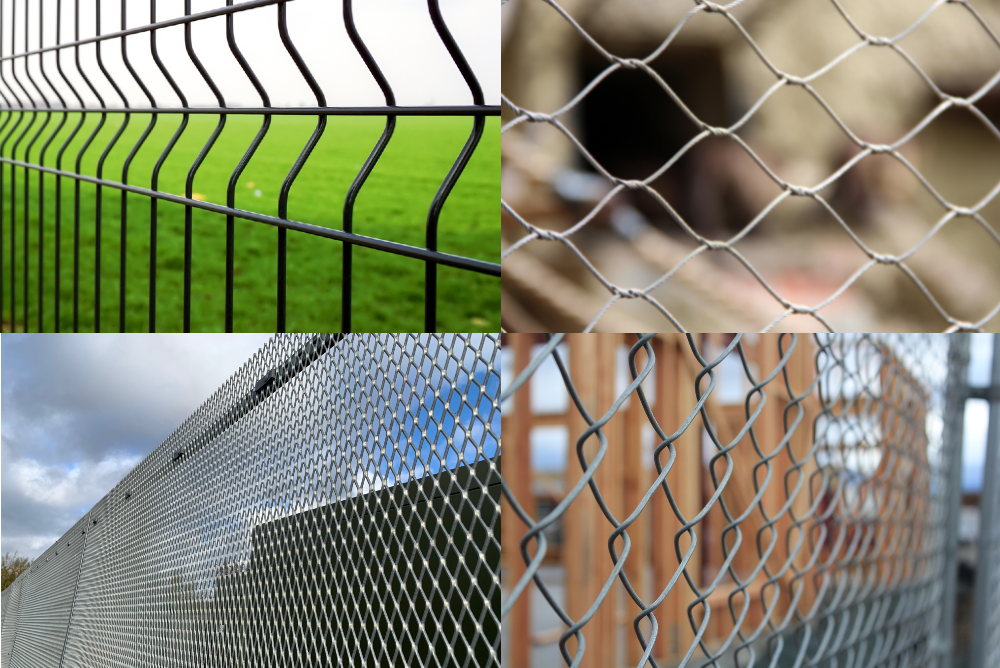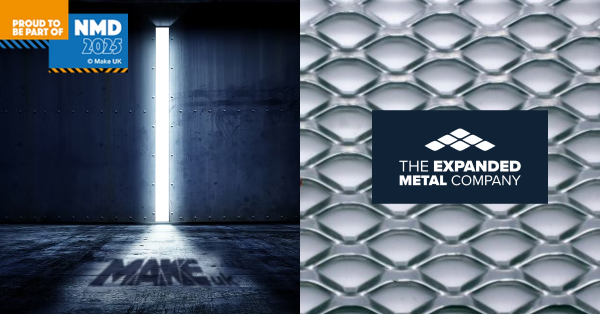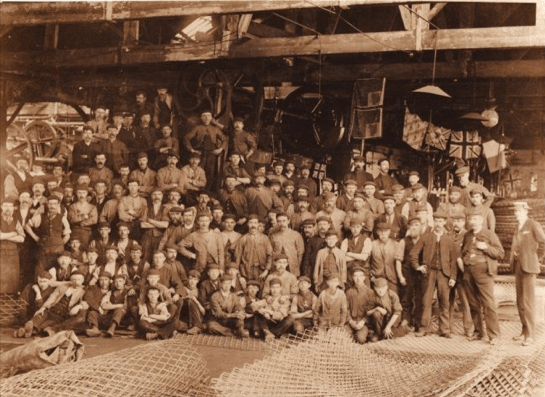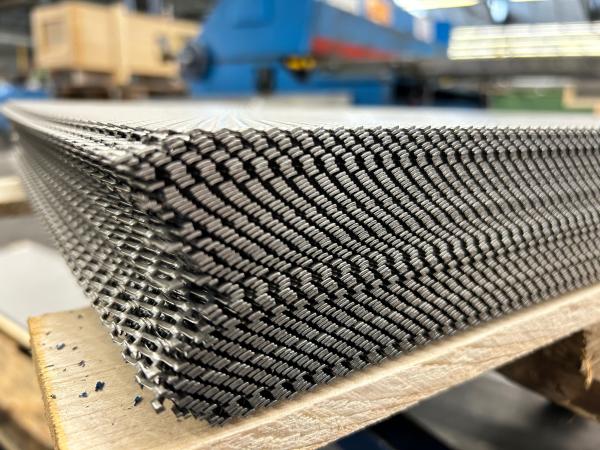When it comes to protecting a perimeter or a facility, there are several types of mesh fencing in common use, which all provide an alternative to palisade fencing panels.
However, there are key differences between each mesh fencing type – which can impact on the level of security they provide.
Chain-link fencing
Chain link fencing – sometimes referred to as wire mesh fencing, chain-wire fencing, cyclone fencing and wire netting – is a woven metal fence made from steel wire, which is often galvanised.
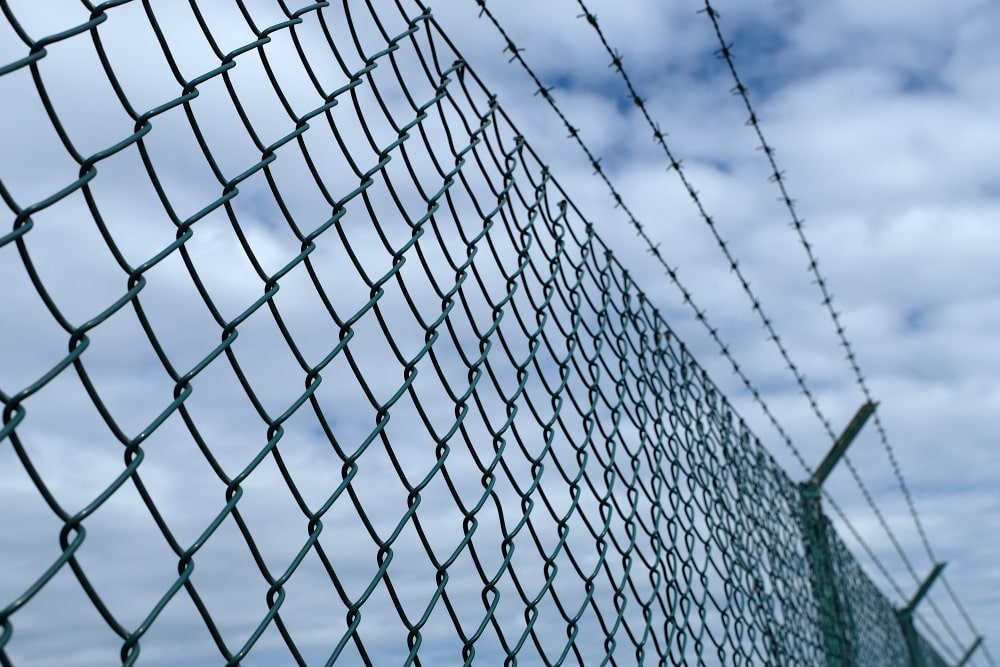
The diamond ‘mesh’ of the fencing is formed by the steel wires being bent into a zig zag pattern, with the ‘zig’ hooking with the wire immediately on one side and the ‘zag’ hooking with the wire on the other side.
The mass manufacture of chain-link fencing has its origins in Norwich, which, in the 1800s, was a centre for cloth weaving. Charles Barnard developed the chain-link fence manufacturing process in 1844 and based it on cloth weaving machinery. A company – Barnard, Bishop & Barnard – was established in Norwich to manufacture chain link fencing by machine.
Chain-link fencing can offer a cost-effective solution that is easy to install, however the nature of its manufacture can limit the number of design variants and styles available.
In addition, the steel wires, depending on their diameter, can be easy to cut through with the right equipment. There is also a level of ‘flexibility’ in chain-link fencing which can make it easier to climb than other mesh equivalents.
Woven wire fencing
Woven wire mesh fencing is manufactured by creating an array of intersecting wires, with the wires being woven over and under the perpendicular wires to create a mesh.
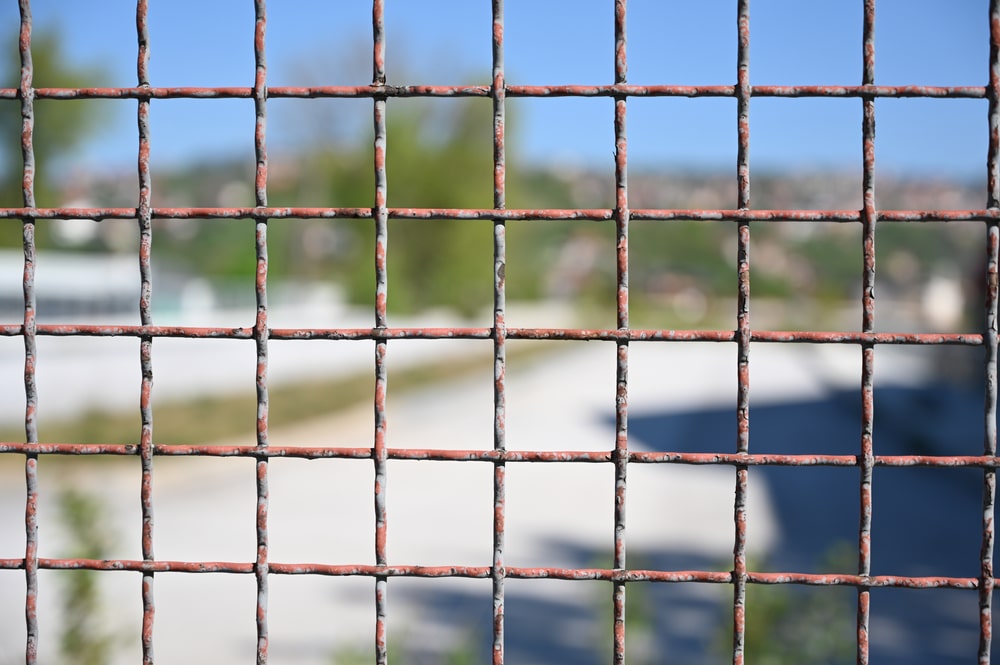
This mesh fencing is often used in agriculture and can provide a relatively inexpensive option. Due to its design, woven wire mesh can be bent without breaking – so can withstand considerable pressure.
However, its wires can be worked loose by determined intruders and if cuts are made in the mesh, the wires can unravel from each other.
Welded wire fencing
Welded wire fencing is manufactured by electrically welding metal strands together to form a mesh or grid pattern, and as it is more robust than chain-link fencing or woven wire fencing, is commonly used to secure at-risk buildings and infrastructure.
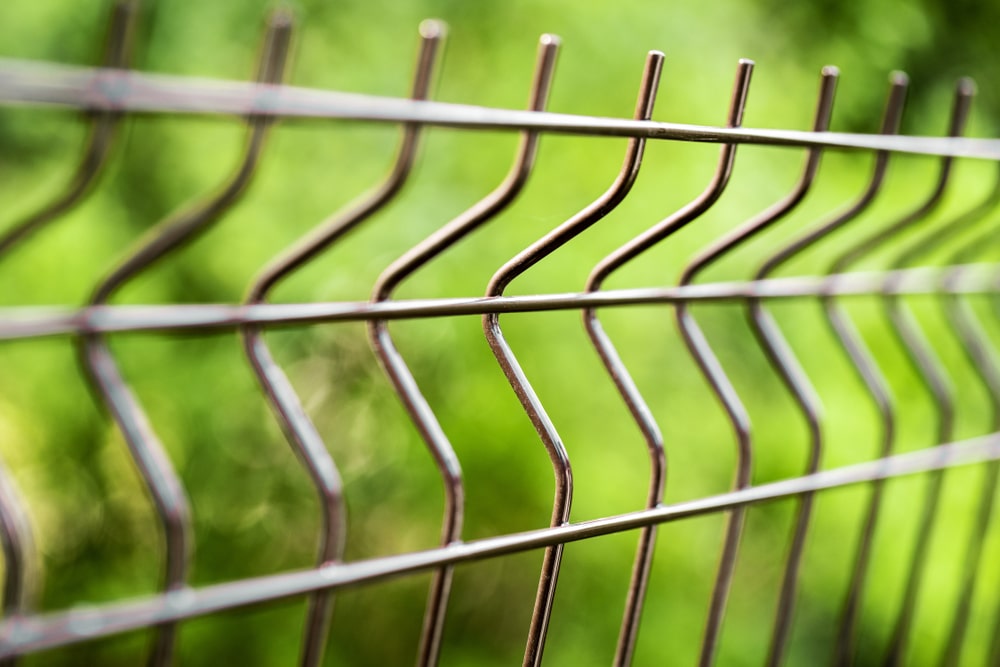
Like many mesh fencing options, it can withstand heavy gusts of wind and by using grid patterns with small apertures, welded wire fencing can be designed so that it is difficult to climb, as intruders will find it difficult to get any grip.
However, determined intruders using the right tools can part welded wire fencing at the welds, in order to make an opening large enough for a security breach to occur.
Expanded metal fencing
Our founder, John French Golding, was the original inventor and patentee of the expanded metal manufacturing process – and manufacture began at our Hartlepool site in 1890.
Expanded metal mesh fencing is manufactured by simultaneously slitting and stretching the material fed from coil or plate. Fencing panels are then cut to the required size.
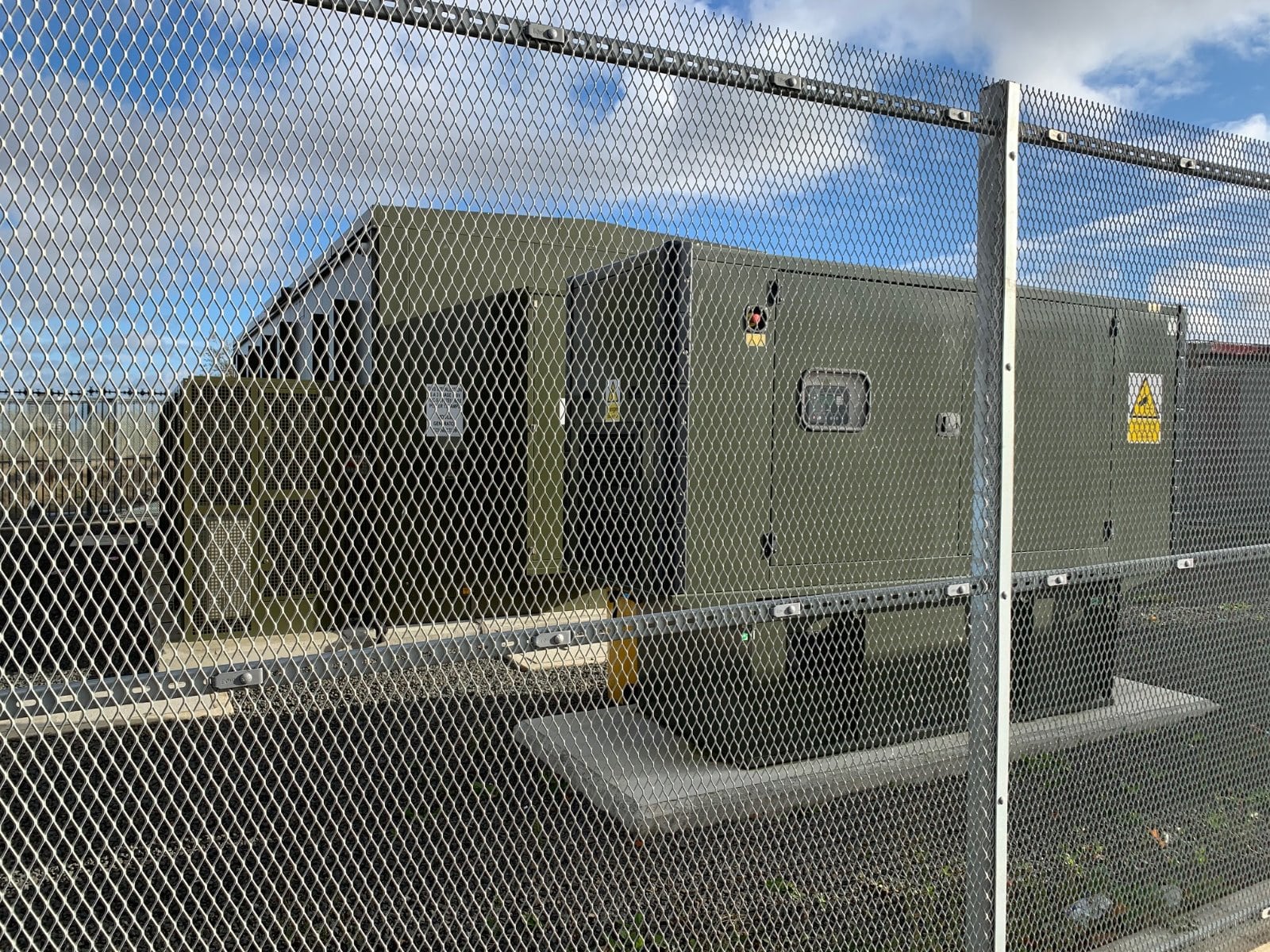
Expanded metal mesh has many key advantages over chain link fencing, welded wire mesh fencing and woven wire fencing solutions.
- Expanded metal mesh is formed from one piece of material and so is inherently strong. There is nothing to work loose, no fretting strands or strained joins or welds. It is therefore much harder to break through than wire mesh fencing or welded wire fencing.
- Expanded metal fencing panels cannot be easily targeted at their welds or simply parted with common tools such as scissor jacks.
- The uncut knuckles of expanded metal mesh withstand force better than welds or joints.
- Cutting through expanded metal can generate sharp edges around any breach in the material. This makes it more difficult to pass through – and can deter intruders, even if they manage to make a hole big enough to go through.
- Expanded metal fencing can be used on sloping ground without stepping – unlike welded wire fencing.
There are a range of expanded metal fencing solutions in the ExMesh™ range – from Fastrack, which has been designed as a low maintenance solution to protect railway infrastructure, to Class 3 fencing, which is one of the few high security fencing systems in the UK to hold LPCB SR3 accreditation under the standard LPS 1175: Issue 7.
You can view more expanded metal fencing products here.
You can explore security fencing panels for sale via our website here.
View the demonstration video which shows just how difficult expanded metal fencing is to break through here.







 GBP
GBP 
